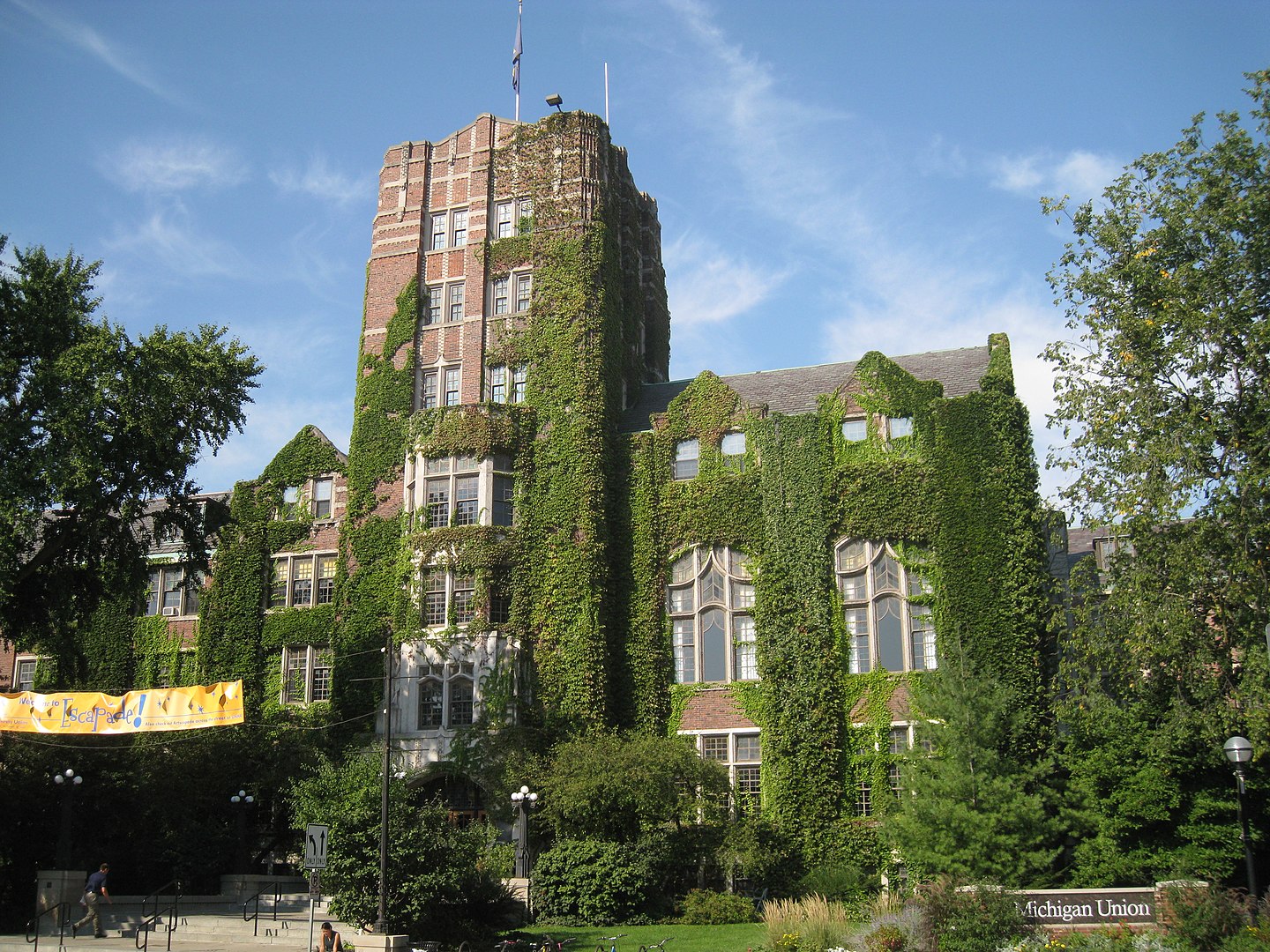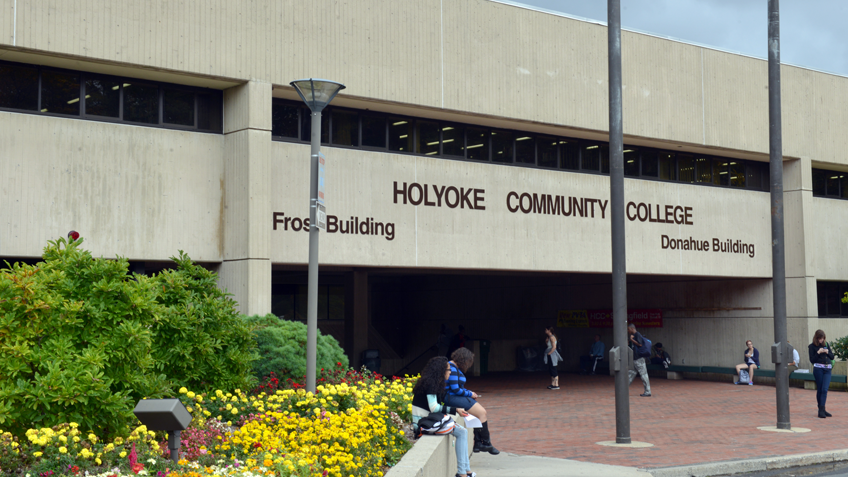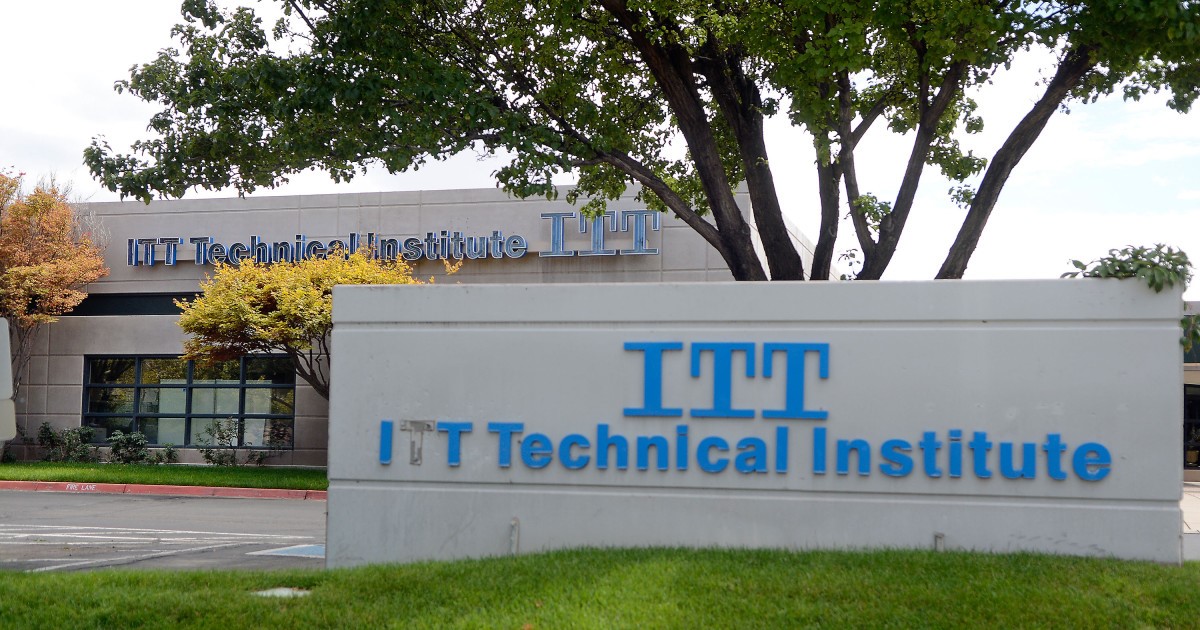What does “college” actually mean?
What does “college” actually mean?
This is “college” in America:

And so is this:

This is also “college” in America:

And this is also “college” in America:

And so is this:

These are not the same enterprises to those of us in the field of higher education. To the general public, some of them may as well be interchangeable. Each one of these, a world-class public research university, a community college, the hedge fund with a quad called Harvard University, a for-profit chain of institutions, and even a for-profit truck driving school can be casually referred to as “college.” Any sort of education after high school means “going to college” to many Americans. That lack of differentiation doesn’t help legitimate public or private nonprofit institutions connect with students who have heard horror stories about truckloads of debt1 or shuttering for-profit institutions.
In Europe, on the other hand, somebody might say she’s “going to university,” but that means something very specific, what we traditionally think of as a university experience. Universities, colleges, and polytechnical institutes are often more clearly delineated in much of Europe. In the UK, “further education” (something like our community colleges) is distinct from “higher education” (traditionally meaning universities). In Germany and Switzerland, for example, apprenticeships in private sector businesses are still common and often run within the private sector, separating out trades or technical students from academic discipline students. Frankly, I don’t know if this sort of educational tracking is good for students. If somebody wants to go into the trades, that’s great, and we should encourage and support them. But I keep hearing warnings that when you have rigidly defined tracks, low-income students or students of color just somehow get pushed into vocational options instead of university tracks, whether that’s due to a lack of knowledge of options, lack of the perception of having options, or even despite their wishes.2
Even among the fifteen state universities of Michigan, there is great diversity in origin, mission, and programs. As they were originally conceived of, they opened as a research university, a land-grant agricultural school, a mining school, a city-chartered urban university, a private vocational school, four teachers’ colleges, four branch campuses, and two “comprehensive” (teaching plus some research) state colleges. “College” meant all those things. Now, the state universities provide something for everyone: certificates in agricultural tech, associate degrees in welding, bachelor’s degrees in history, master’s degrees in public health, law degrees, and doctoral degrees in neurobiology, for examples.
IMAGES VS. REALITY
There’s always a tradeoff, though. Imagine what happens when an adult asks a student if they’re going to “college.” A student will probably think immediately of what our movies and TV shows depict as “college”: a leafy, brick-and-ivy-surrounded quad, maybe with a Frisbee or football being tossed around. Will they see themselves fitting in there, presumably far from home, possibly in a small New England state? And then they’ll probably think of all the “college” debt horror stories they’ve heard so much about and recoil. The sins of one “college” are visited upon all of them.
But neither of those cases are the experience for most students. First, the vaunted Ivy League enrolls 218,516 total students out of 26.7 million students nationally, or 0.8% of all students. In other words, the Ivy League should be irrelevant in most discussions of higher education. The majority of U.S. postsecondary students enroll in a public university or community college. Second, for graduates of a Michigan public university who borrow, the average debt is $30,910, and 44% graduate without a cent of debt! Yet, the average debt amount reported in news stories is $85,400. And let’s be honest, $30,910 seems like a lot of debt to a first-generation or low-income student (I was both, so I know), but if a student gets their degree, they’ll pay it off. The students who actually default on their debt by and large went to a for-profit “college,” didn’t finish, and borrowed under $10,000 in loans. Exceptions always exist, but if a student didn’t go to a for-profit “college” and has $100,000+ in debt, they’re probably a doctor or lawyer, and will be able to pay back that debt just fine.
When policymakers say that everybody needs to have some postsecondary education, they’re not saying that everybody needs a master’s degree in creative writing. “College” encompasses much more in this country, from technical training to theoretical research. But it’s important that we in higher education help students and policymakers understand the differences among the types of postsecondary education institutions. Having “college” be shorthand for all of postsecondary education saves us words sometimes, but adds a duty to all of us in the sector to explain why public universities are the right choice for students.
Bob Murphy is the Director of University Relations and Policy at the Michigan Association of State Universities.
| 1. | ↑ | yes, pun intended |
| 2. | ↑ | It’s the strangest coincidence how that happens. |